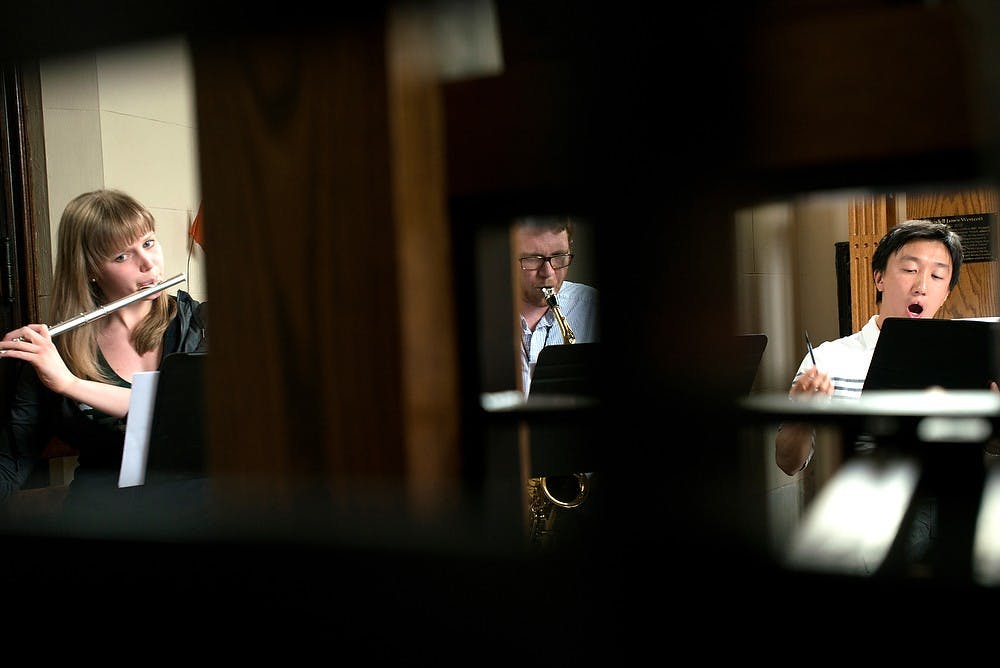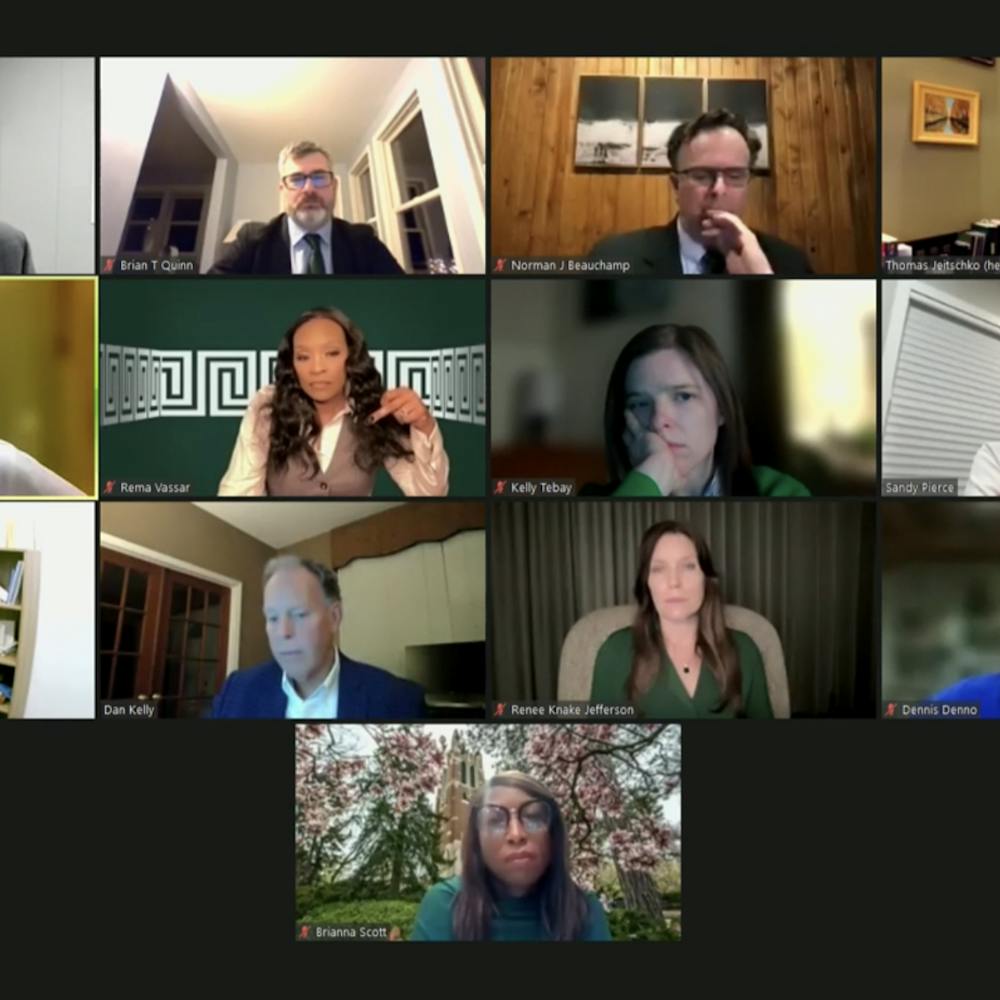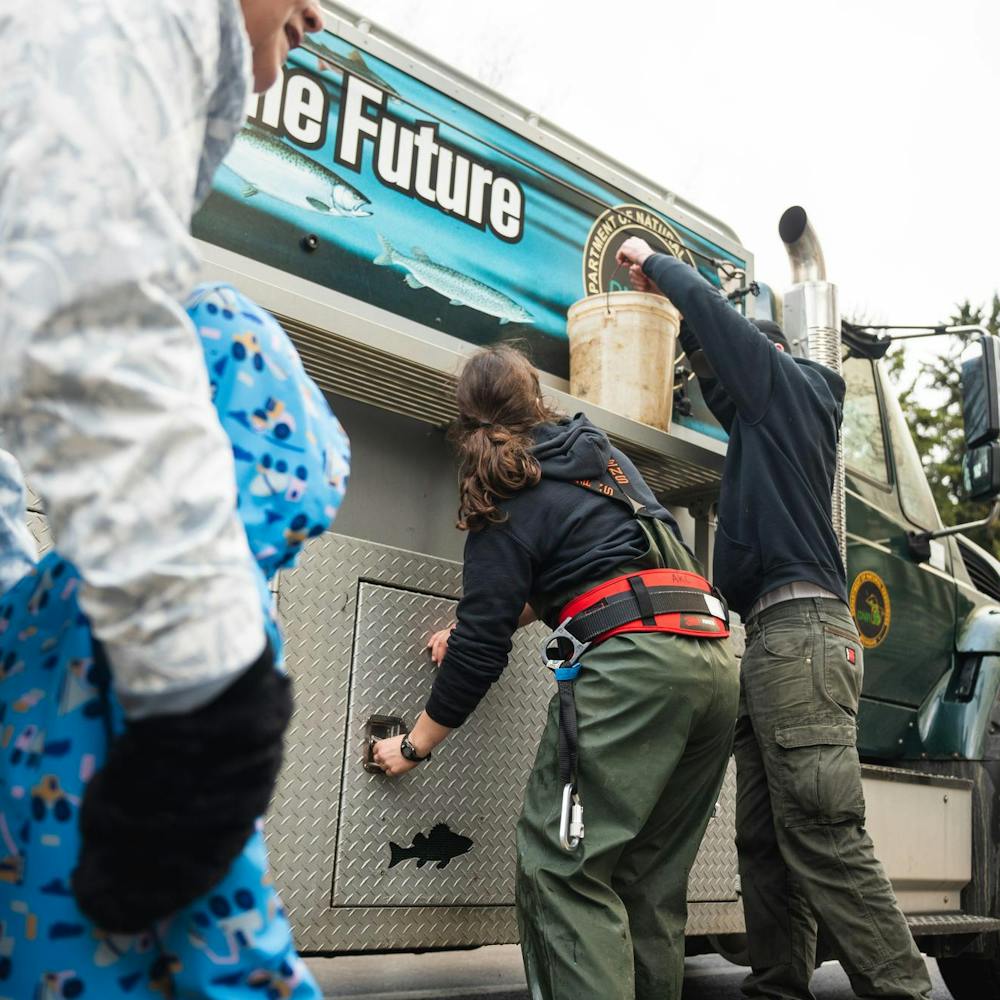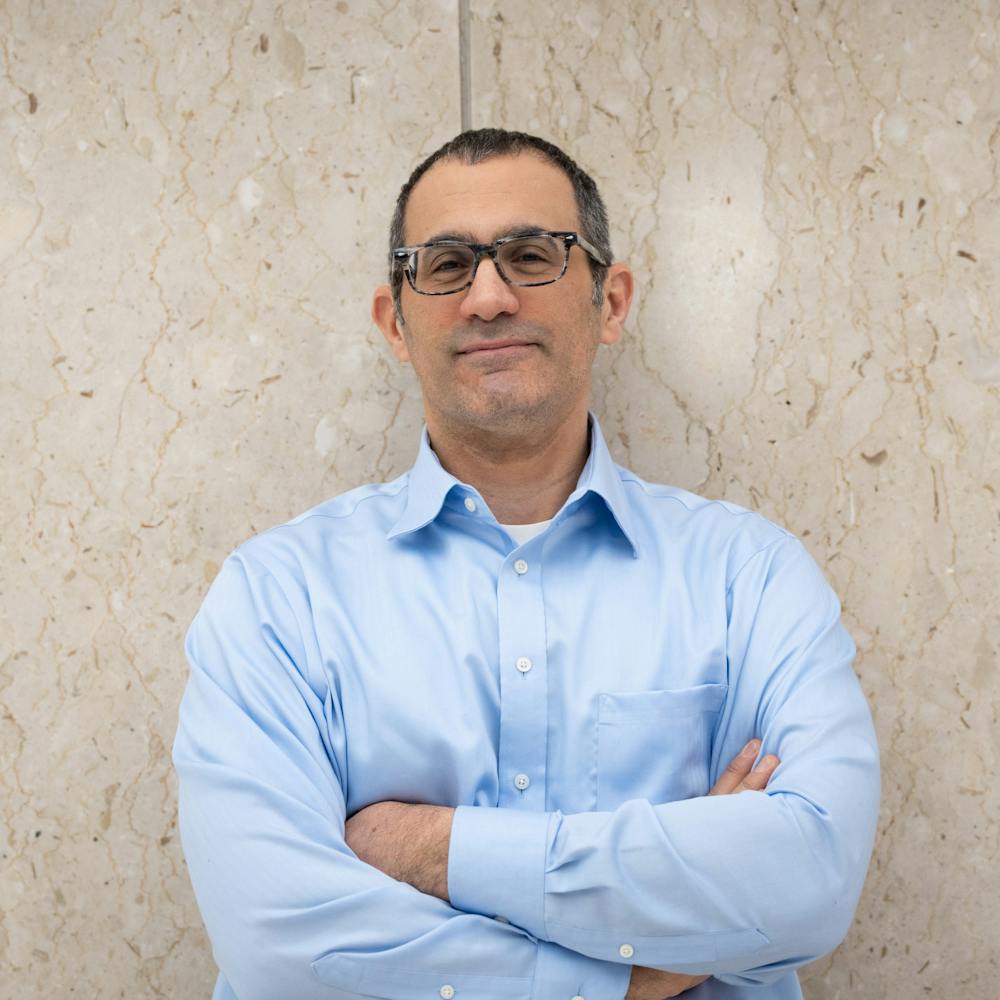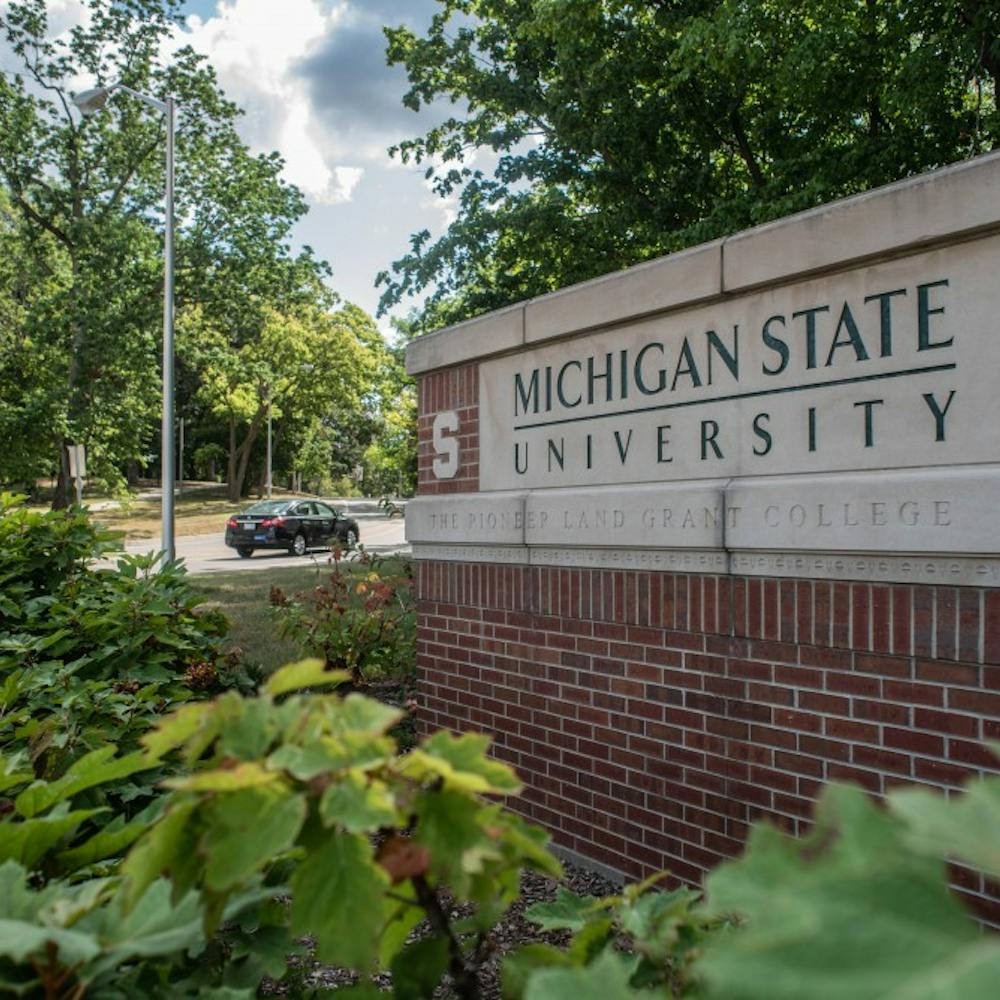The free concert, which is set for 7 p.m., will consist of four songs, or movements, that are artistic works developed by research.
The concept of combining the two different disciplines began last summer, when graduate student Patrick Bonczyk had a dream. In the dream, he grew frustrated with the gap between music and science.
“As graduate students, we don’t see a lot of interaction between the sciences and arts and we don’t understand why,” he said.
Bonczyk, who is pursuing a masters degree in musicology, awoke with a mission to integrate the opposing worlds.
Bonczyk began working with Philip Rice, a graduate student pursuing a masters degree in music composition, to develop the concept.
But taking on the task was more work than the two imagined.
“Normally when I write music, I write what I hear in my head,” Rice said. “But this was a lot of reading about math and the history of math and stuff that I didn’t know about before.”
The two began looking at classical and contemporary musical texts and pulled them apart linguistically.
Bonczyk said by breaking music apart, they were able to find the technical core of the text.
“If you break it down, you have to acknowledge the concepts and that’s where it becomes really helpful,” Bonczyk said.
After breaking down the technical aspect of it, they rearranged each piece by placing the different parts in a random order to see if it made sense musically.
Bonczyk and Rice used this method to create the four movements that will be featured in a 40-minute performance on Wednesday night.
For each movement, Bonczyk worked as the songwriter and Rice as the composer.
The concert will feature two vocalists, a percussionist playing the vibraphone, a flutist, a saxophone player and a synthesizer.
Rice said that listeners can perceive the performance as a “musical mobile,” as opposed to something that is just heard from start to finish.
“It’s sort of like a three-dimensional object that you hear from different angles,” Rice said. “Each movement and part of the music gives you a different perspective.”
